Concept
Alternate Profiles
Different views and formats:
Alternate Profiles ?Profiles (alternative information views) encoded in various Media Types (HTML, text, RDF, JSON etc.) are available for this resource.
- Preferred Labelskos:prefLabel
OGC API - Environmental Data Retrieval Standard
- URI
- http://www.opengis.net/def/docs/19-086r4 ↗Go to the persistent identifier link
- Within Vocab
- OGC Documents
| Definitionskos:definition | The Environmental Data Retrieval (EDR) Application Programming Interface (API) provides a family of lightweight query interfaces to access spatio-temporal data resources by requesting data at a Position, within an Area, along a Trajectory or through a Corridor. A spatio-temporal data resource is a collection of spatio-temporal data that can be sampled using the EDR query pattern geometries. These patterns are described in the section describing the Core Requirements Class. The goals of the EDR API are to make it easier to access a wide range of data through a uniform, well-defined simple Web interface, and to achieve data reduction to just the data needed by the user or client while hiding much of the data storage complexity. A major use case for the EDR API is to retrieve small subsets from large collections of environmental data, such as weather forecasts, though many other types of data can be accessed. The important aspect is that the data can be unambiguously specified by spatio-temporal coordinates. The EDR API query patterns, such as Position, Area, Cube, Trajectory or Corridor, can be thought of as discrete sampling geometries, conceptually consistent with the feature of interest in the Sensor Observation Service (SOS) standard. A typical EDR data resource is a multidimensional dataset that could be accessed via an implementation of the Web Coverage Service (WCS) standard. In contrast to SOS and WCS, EDR implements the technical baseline of the OGC API family of standards and aims to provide a single set of simple-to-use query patterns. Use cases for EDR range from real or virtual time-series observation retrievals, to sub-setting 4-dimensional data cubes along user-supplied sampling geometries. These query patterns do not attempt to satisfy the full scope of either SOS or WCS, but provide useful building blocks to allow the composition of APIs that satisfy a wide range of geospatial data use cases. By defining a small set of query patterns (and no requirement to implement all of them), the EDR API should help to simplify the design of systems (as they can be performance tuned for the supported queries) making it easier to build robust and scalable infrastructure. With the OGC API family of standards, the OGC community has extended its suite of standards to include Resource Oriented Architectures and Web Application Programming Interfaces (APIs). These standards are based on a shared foundation, specified in OGC API-Common, which defines the resources and access paths that are supported by all OGC APIs. The resources are listed in Table 1. This document extends that foundation to define the Environmental Data Retrieval API. |
|---|---|
| Broaderbroader | Implementation Standard |
| http://purl.org/dc/terms/createdcreated | 2021-08-13 |
| Creatorcreator | Mark Burgoyne, Dave Blodgett, Chuck Heazel, Chris Little |
| seeAlsoseeAlso | https://docs.ogc.org/is/19-086r4/19-086r4.html |
| Status of item in register or collectionstatus | valid |
| Notationnotation | 19-086r4 |
| Alternative LabelaltLabel | 19-086r4 |
| OGC API - Environmental Data Retrieval Standard | |
| OGC document typedoctype | Implementation Standard |
| wasAttributedTowasAttributedTo | Environmental Data Retrieval API SWG |
